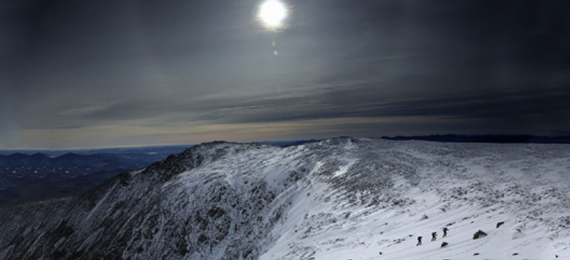
The Winter Solstice occurs twice every year, once in the Southern hemisphere and once in the Northern hemisphere. In this article, we will discuss what is the winter solstice, When is the winter solstice, History of Winter solstice, and some Winter Solstice fun facts. The information and winter solstice facts provided in this article will help you understand more about the winter solstice.
Winter solstice is celebrated worldwide in order to denote the beginning of Christmas and New Year celebrations. When do days start getting longer? The 2020 winter solstice celebration is something special as it coincides with the celestial event called the ‘Great Conjunction’ of our two planetary giants, Jupiter and Saturn happening after nearly 400 years.
When Is the Winter Solstice in the Southern Hemisphere?
- A. January 2021
- B. June 2021
- C. August 2021
- D. December 2021
What Is the Solstice?
The word ‘solstice’ is derived from a Latin word meaning ‘stalled sun’. It happens when the sun’s apparent path is farthest north or south from the Equator. The summer and winter solstice are considered as astronomical events that mark the movement of the sun and change in the duration of day and night time. Summer solstice and winter solstice are the exact opposite of each other.
When Is the Winter Solstice?
Winter solstice is also known as hibernal solstice. During the winter solstice, the sun travels the shortest distance through the sky and on this day, you can find the shortest period of daylight and longest night of the year. What is the shortest day of the year in the Northern Hemisphere? In the Northern Hemisphere, during the winter solstice, you will find the longest nights and shortest days making it the shortest day of the year. When do days start getting longer? In the Southern Hemisphere, you will find short nights and long days.
History of Winter Solstice
- Since the neolithic times, the solstice has been a special moment of the annual cycle. Such astronomical events were often used to direct activities such as the sowing of crops and the mating of animals. In ancient times, people were economically dependent on the progress of the seasons. During the first few months of the winter, starvation was common and these months were called “the famine months”. But during this period of the winter solstice, most cattle were slaughtered, wine and beer made are fermented and ready for drinking. At this point of the year, meat and wine were readily available.
- Ancient Romans also celebrated ‘Winter Solstice’ honoring Saturn, the god of agriculture.
- The Pagan Scandinavian and Germanic people celebrated a winter holiday called ‘Yule’. People celebrate by lighting up Yule longs and feasting around it.
- In the UK, people would gather up at Stonehenge to enjoy the sunrise and sunset on the Winter Solstice. Many archaeologists say that they believe that Stonehenge was directly related to tracking the annual movement of the sun.
- In Japan, they believe that the sun gets stronger from this day, bringing along good fortune. The Winter Solstice is referred to as ‘Toji’ in Japan.
- In China, people celebrate the day in order to welcome the return of longer days. The Winter Solstice is called ‘Dong Zhi’ in China.
- In Iran, the Winter Solstice is called Chelleh night. Persian celebrate the day by cooking special dishes with lamb stew, dry walnuts, and pomegranates.
- Some cultures used cyclic calendars based on the winter solstice. In such cases, the “year as reborn” was celebrated with reference to “new beginnings”.
When Does Winter Solstice Happen This Year?
Winter Solstice in Northern Hemisphere falls on December 21, 2020
Winter solstice in the Southern Hemisphere falls on June 21, 2021
Why and How Does Winter Solstice Happen?
During the Winter Solstice, the countries in the Northern Hemisphere are located farthest from the sun and the sun shines overhead on the Tropic of Capricorn. The North pole is tilted at an angle of 23.5 degrees as it rotates the sun. This phenomenon is what brings in seasonal changes by causing the movement of the sun from the Northern to the Southern hemisphere and vice versa.
In some countries in the Northern Hemisphere like the USA, the winter solstice marks the beginning days of winter. But however, it varies depending on the country’s climate and several other reasons. This period is often celebrated as the time of rebirth.
How Can You Identify a Winter Solstice?
If you live in the Northern Hemisphere, you can find the winter solstice by just noticing the late dawns and early sunsets. The sun might appear low in the sky at noon. The noontime shadow would be the longest of the year, around the time of December. In the Southern Hemisphere, you can experience the exact opposite. You will find early dawns, late sunsets, the sun might appear high, and shortest noontime shadow.
Happy Solstice to all!